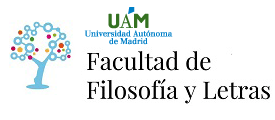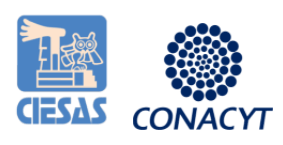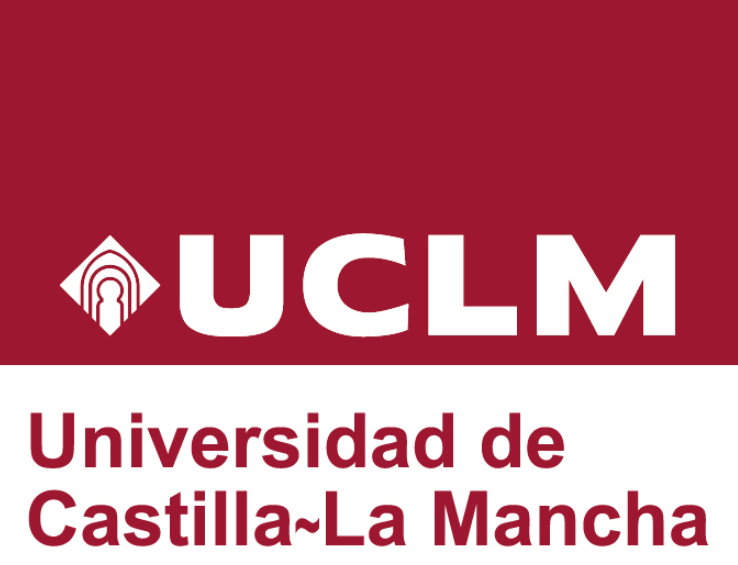Thinking the Culture of Methods: Diffraction, Comparison, and Fields of Relatedness
Within the culture concept lies a basic ambiguity about where and at what scale it exists, and how to relate multiple places and cultural locations to one another. In the mid-20th century, anthropological method was dominated by positivist comparative methods that have been thoroughly critiqued for positing Euro-American categories as universal and for flattening important cultural differences under these headings. Later, George Marcus’s multi-sited ethnography re-introduced the idea of multiple sites with an emphasis on global connectivity and the movement of objects and problems across space. However, while “following the thing,” Marcus nevertheless left field sites as passive places to be moved through, and insisted on a set of connections one could discern prior to conducting fieldwork. In contrast, this paper draws on Karen Barad’s notion of diffraction to theorize methods that do not assume the field is a passive receptacle of information but instead takes research design as agentive: a way of putting lively fields into dialogue, both understanding and changing worlds by bringing ostensibly unrelated sites into relation. I argue that thinking culture requires thinking method by examining both the idea of culture that inheres in our methods and the way that different research designs locate a question within one or more fields. Drawing on my own methodological design and fieldwork on intimacy and kinship among three quite disparate, largely “unrelated,” field sites, I explore the kinship dynamics between questions, sites, and fields with a view toward unsettling comparisons, troubling ancestors, and world-making sites.
(*)El autor o autora no ha asociado ningún archivo a este artículo









